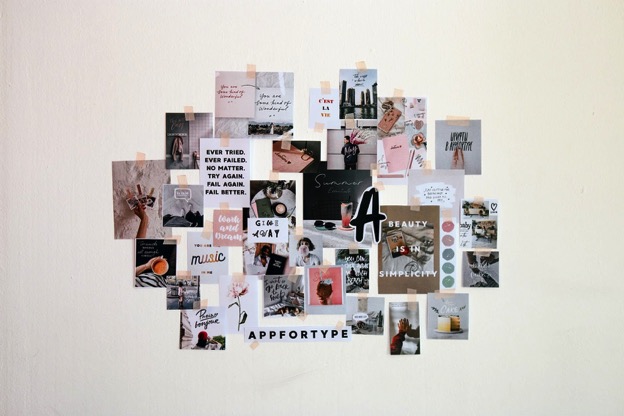Our mental performance, how we think, analyze, and perceive the world, influences how we work, tackle challenges, relate to others, manage stress and more. Where we choose to put our focus has a tremendous impact on how we feel and perform in our day-to-day lives. Julie Jones, Mental Performance Coach and Institute instructor, specializes in helping people boost their mental game, and in teaching them how mental training, positivity and self-awareness can help us do better in our jobs, our personal lives, as leaders, as athletes, and as members of the community. As a former Division I softball coach, Julie specializes in training athletes in mental performance techniques. The same brain strategies that can help a softball player improve her swing can help us all…
To view this post, you must purchase a paid-subscriber plan—learn more here.
Already have an account? log in here!








